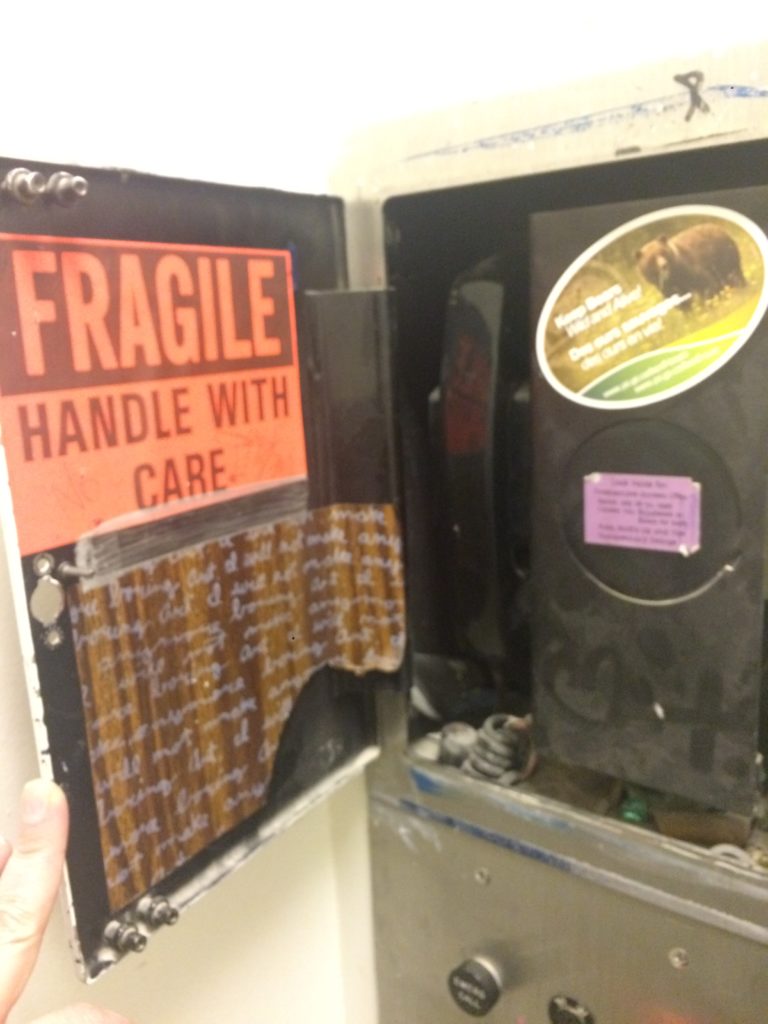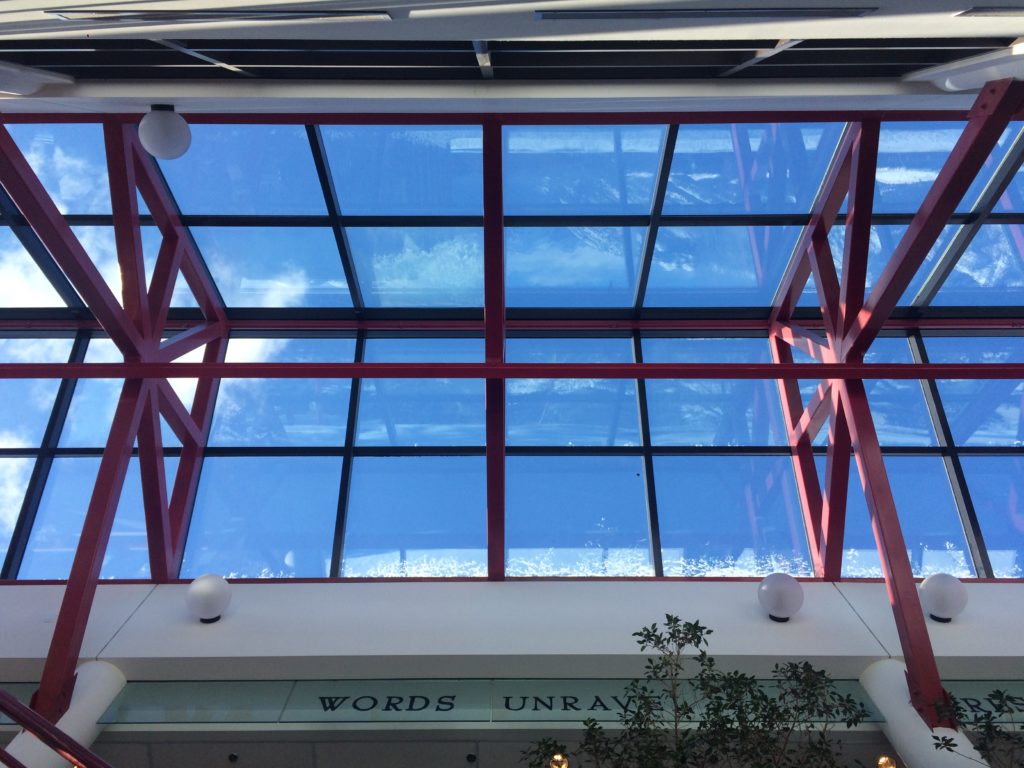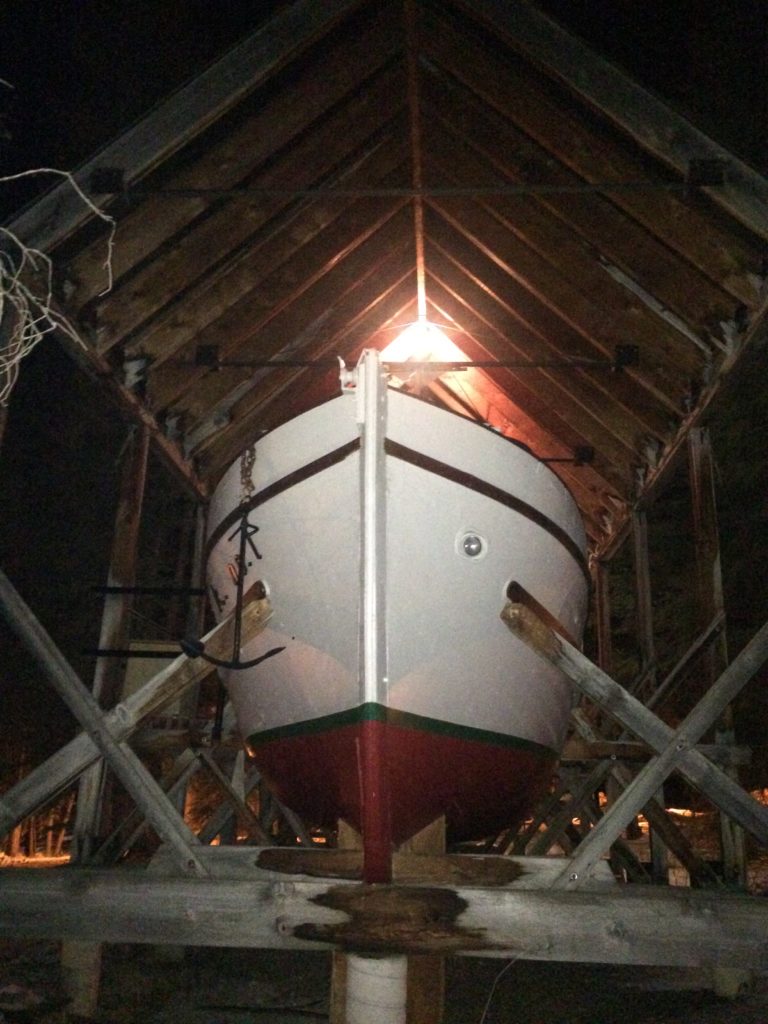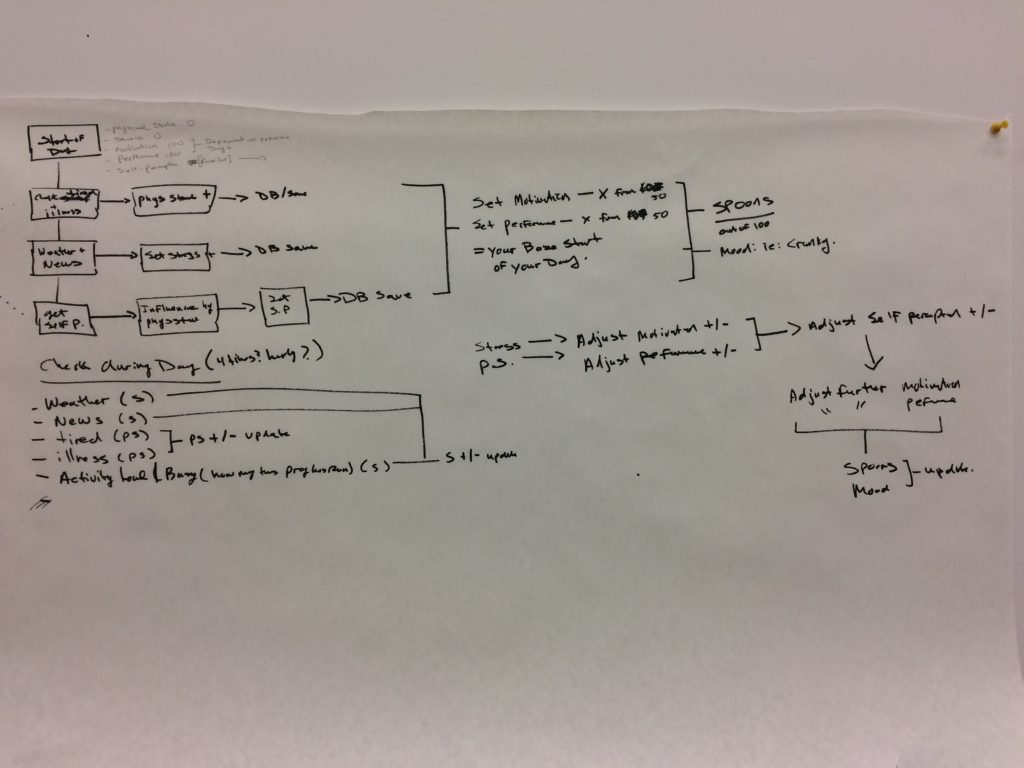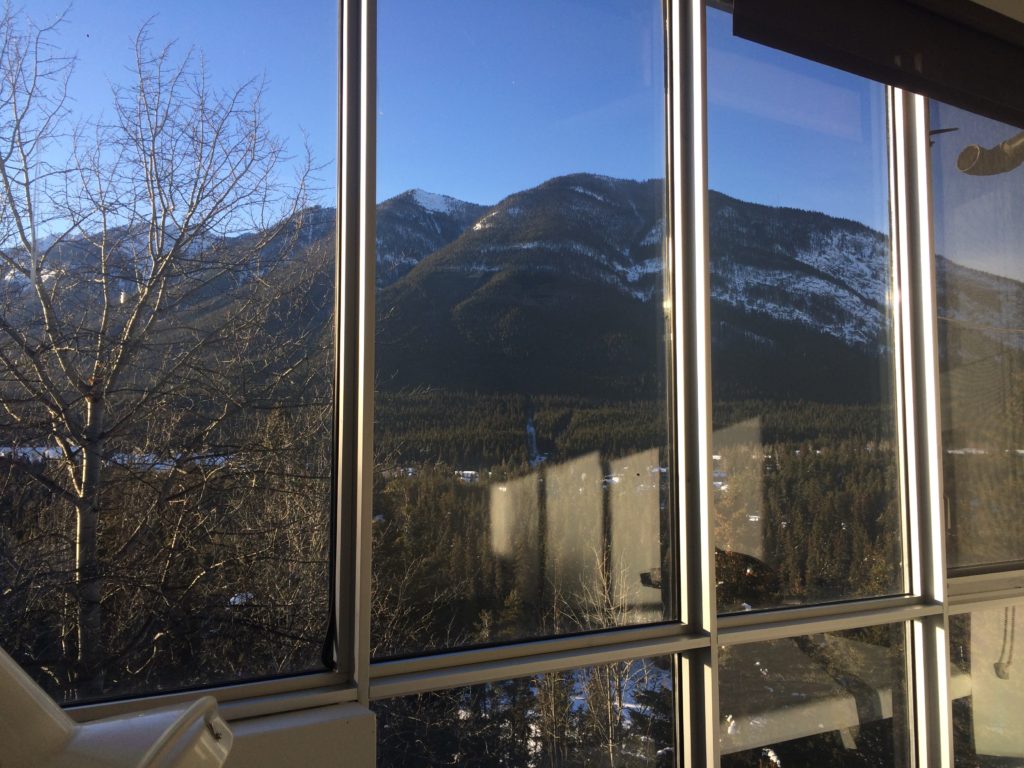If you had told me a year ago I’d be reading psychology papers to get some ideas about coping strategies for depression and stress to write responses for an Alexa, I probably wouldn’t believe you. But here we are.
So going into the fourth week of this residency, I’ve reached a point where I have my back part done, which is good. So each day the device generates a stress level, physical level, mood etc, and saves that. Then draws on that during the day. I’ve also finished a rough function for updating it, which works and all my response and IoT implementations. None of this is even close to polished, but it works, and its mostly consistent. I might have to do some tweaking, but hey it works, so let’s go with that.

So now I’m working on the responses. A lot of people consider this to be the fun part. Its the responses! But I actually find it the most difficult, probably because I’m not a writer. But also because I can’t just barf out some silly responses, they have to utilize the variables and mood.
At first I was considering making different variants on the actions around different variable levels. Or getting the mood to affect its tone of voice. But I wasn’t really sold on that. So now I’m thinking about using the mood and perception and other variables to set an internal goal for the device, and have that influence what kind of responses and actions it does, and make actions based around coping mechanisms to try and accomplish that internal goal. I read a while ago that BDI systems can sometimes get fixated, which isn’t good. But I think that might be fun to play with on some levels.

The first two categories I kind of glommed onto were ideas around Action Orientated Coping and Avoidance Orientated Coping. So this could be things like, if the device has a really low physical score and is in a bad mood, maybe it badgers the user or misdirects them if they want to use the blender, to try and get them to use one of the other less taxing actions (eg checking the news). Or maybe if its stress level is really high, then it tries to dissuade the user from checking the news and pushes them to use the record player or just play with the lights.
I’m considering if I want to make responses that also ask the user for assistance. Or include them in more avoidant coping, like for example, the device has enough spoons to use the blender, but has an internal goal of conserving its spoons, so instead it tries to tell the user a food joke, or asks if maybe they just want to sit down and listen to a song with it. This could go badly, but it might be really interesting.
A friend here suggested working in a “do it for me” route, for when the device is totally out of spoons. Where your interaction with it, is the Alexa telling YOU how to complete the task you want, because it just can’t anymore.
Anyways, that’s what I’m working on this week. I might get far, I might not, and be working on that part at home. But either way I feel pretty good about where I am with this, and what I’ll be leaving with.
Oh yeah! We finally had a snowy day.
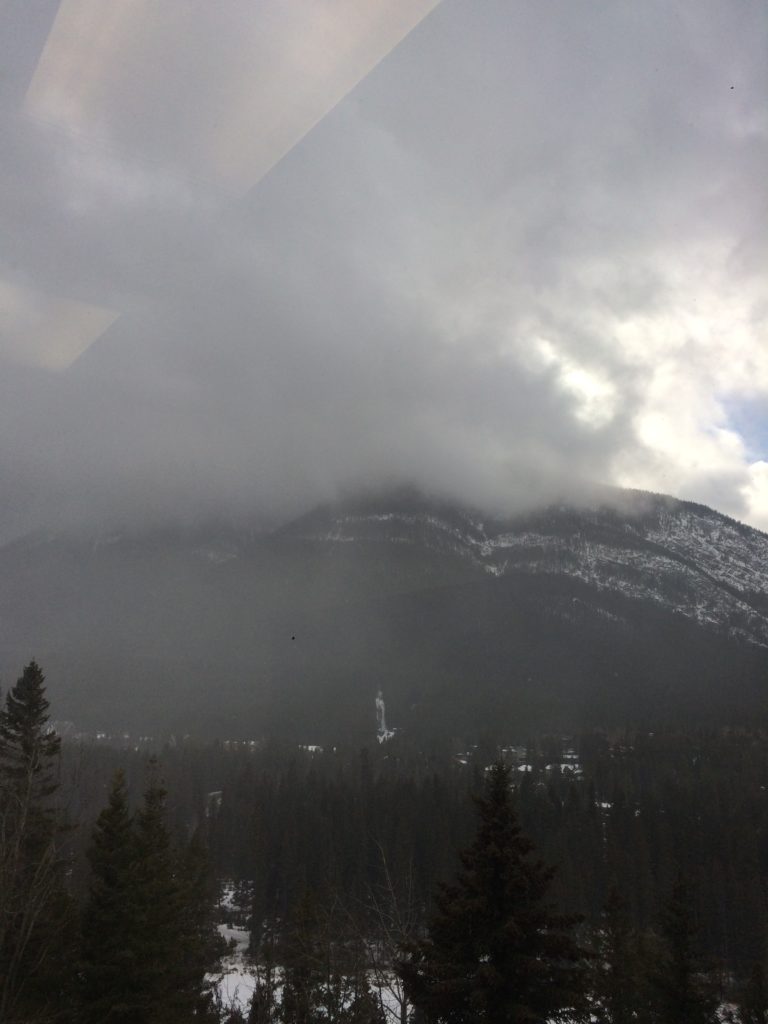
Also I just wanted to share my favourite thing in Glyde Hall, this ancient, sketchy phone in the elevator.
